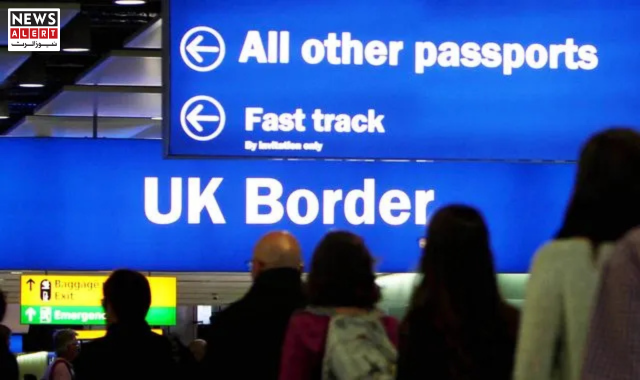Large Number of UK Citizens Emigrate in 2024
The United Kingdom saw a significant movement of its population in 2024. According to newly released figures from the Office for National Statistics (ONS), approximately 257,000 British citizens left the country during the year.
Although emigration from the UK has fluctuated in recent years, this remains one of the highest outflows recorded since the early 2000s.
The updated figures reflect an effort by the ONS to improve accuracy. Previously, estimates relied heavily on the International Passenger Survey—a long-standing but limited tool. Now, the ONS uses administrative data from the Department for Work and Pensions (DWP) to refine its estimates. This shift aims to provide a clearer picture of long-term migration trends.
Net Migration Lower Than Forecast
Despite the high number of departures, the UK’s net migration—the difference between people entering and leaving the country—turned out to be 20% lower than anticipated.
Media reports suggest that by December 2024, net migration had declined sharply to 34,500.
This reduction contrasts with the previous two years, when net migration levels exceeded 600,000 annually, driven mainly by international students, humanitarian arrivals, and labour shortages in several industries.
The latest figures indicate a cooling of that trend. They also suggest that stricter immigration rules introduced in late 2023 and early 2024—including higher salary thresholds, limits on dependents for certain visa categories, and tighter student visa rules—have begun to influence migration flows.
More British Citizens Returning Home
Another notable development is the rise in the number of UK nationals returning from abroad. The ONS data shows that around 143,000 British citizens moved back to the UK in 2024.
This trend narrows the gap between those leaving and those returning. Several factors may be contributing, such as:
-
Higher living costs in popular expatriate destinations
-
Post-pandemic changes prompting relocations closer to family
-
Economic uncertainty in Europe and beyond
-
Job opportunities in the UK as the labour market adjusts
Although the ONS did not specify reasons for individual movements, analysts suggest that global economic pressures often shape migration patterns as much as domestic policies.
Why Are So Many People Leaving?
While the report focuses on numbers rather than motivations, broader research highlights several possible drivers:
1. Cost of Living Pressures
The UK has faced persistent inflation and high energy costs. Many households—especially those on fixed incomes—have explored relocating to more affordable countries.
2. Remote Work Opportunities
Growing acceptance of remote work allows British professionals to live abroad without sacrificing employment.
3. Quality-of-Life Considerations
Warmer climates, lower housing costs, and slower-paced lifestyles attract many retirees and young families.
4. Post-Brexit Mobility Adjustments
Even after Brexit, many citizens continue to move to EU countries for work, family, or study. However, the process is now more complex due to visa requirements.
A Shifting Picture of Migration in the UK
The ONS emphasises that migration data is becoming more reliable as new administrative sources replace older survey-based systems. Still, analysts warn that the picture is constantly evolving.
As the government continues to tighten immigration rules and the economy enters a period of slower growth, migration patterns are expected to shift again in 2025.
For now, the UK’s migration landscape appears to be stabilising. Fewer people are arriving, more citizens are returning, and the overall balance between inflow and outflow is edging toward equilibrium.















